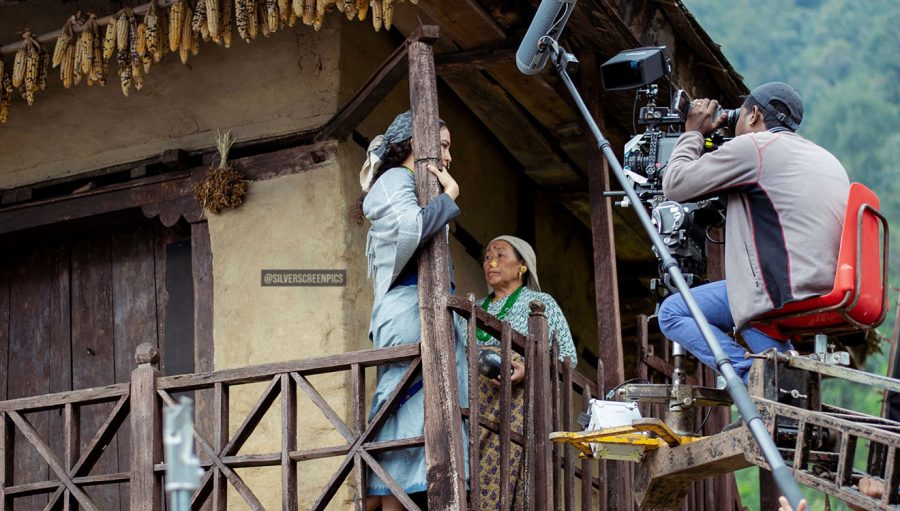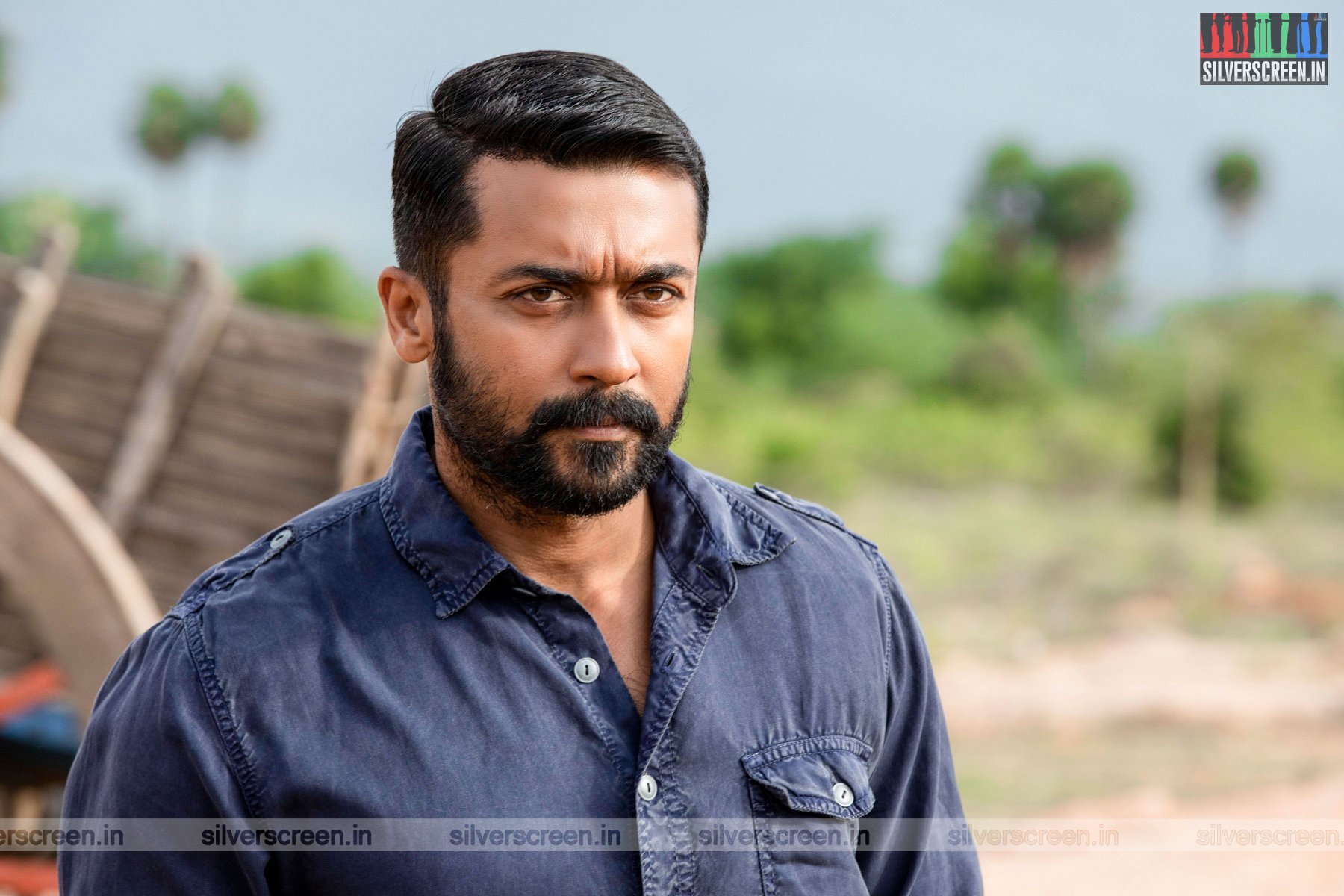In a village 128 kilometres from Sikkim’s capital Gangtok, Indian-Nepali director Phurba Tshering Lama found a two-storey house made of mud, wooden frames and tiny doors, to shoot his first full-length feature film Jaar.
Jaar which was made in 2020, was an adaptation of a short story by Indra Bahadur Rai, a celebrated Nepali writer, talking about social practice in the 1890s amidst Nepali-speaking communities, where a man can face harsh punishment for having an illicit relationship with a married woman.
Through the process of filming, Lama had been careful to replicate details from over a century ago, to capture his people from another time. In order to find houses identical to those mentioned in Rai’s stories, Lama travelled all the way to Tesenthang, a remote village in Sikkim with virtually no connection to the cinema to shoot his movie.
He made a conscious effort to ensure that stereotypes did not seep into the movie- particularly roles where people indigenous to the regions around Darjeeling and Sikkim do not come across as watchmen or Gurkhas.
Several artists came forward to support the project. Since it was among the first art house films from the region by an Indian Nepali director, big names of actors like Geetanjali Thapa, who is the first person from Sikkim to win a National Award in the Best Actress category and Saugat Malla, who is a popular actor from Nepal, played seminal roles in the film.
Although the movie is still in its post-production stage, Jaar and its director Lama are telling examples of the kind of commitment Indian-Nepali filmmakers are displaying towards bringing forth real stories of their people on screen.
Lama, who has won the prestigious Best Short Film Peace award at the Gothenburg Independent Film Festival for ‘Ek Dhakar Jiwan’ is one among six Indian Nepali art-house filmmakers who have formed the Indigenous Film Collective. This collective has been formed keeping in mind the rise of a new wave of Nepali cinema- starkly different from the mainstream Kollywood industry (originating in Kathmandu) which has existed since the 1960s.
Filmmakers including Chanchal Thapa, Wangyal Sherpa, Jyoti Chettri, Arvind Raj Gurung and Ritika Tora Das who have made interesting niche films, form the core of this collective. They have been mentoring talented filmmakers and actors from areas in and around the North of West Bengal and Sikkim which house a large population of Indians who speak the Nepali language to make cinema that showcases the cracks and crevices of their homeland.
The journey for them is just beginning.
A collective is born
The idea of an Indian Nepali filmmaker’s collective was formulated at Lama’s house in Kurseong in 2018.
Lama and Chanchal Thapa who are contemporaries, friends and college classmates, were having a conversation about the distinction between commercial Nepali films which usually use popular Bollywood tropes and distinct voices of art-house cinema from the area.
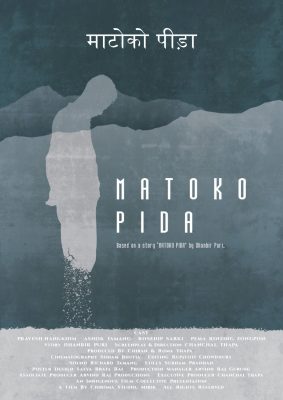
Fed up with stereotypical Nepali characters like security guards or army personnel on screen, the duo wanted a representation of their own day-to-day life. Filmmakers must control the narratives instead of showing people in the region being seen as caricatures, the filmmakers felt.
“One of the reasons why we were so interested in telling our own stories is because we did not want our mountains, tea gardens, or roads to end up as pretty backdrops in mainstream Indian films,” Lama said.
During this discussion, the two also realised that the talent pool in the region was small yet steadily growing. More Indians who speak Nepali were looking to use films as a medium of representing their alienation and placing on record, practises from their community which were rarely seen on screen.
The two began contacting friends from the region interested in cinema and four others came forward to start the collective. Over the last four years, the organisation has helped directors write scripts, mobilise funds for production, find equipment to shoot and showcase their work in international and national theatrical spaces.
“Another one of the objectives of the collective was to create spaces for these young artists to make movies out of their own towns and villages. Not everyone can afford a film school. I am an exception,” said Lama.
Within one month of forming the collective, the filmmakers began their first project. They decided to make six short films based on stories from Nepali literature– all with zero investment.
Without any major producers backing these projects, the directors had to rely on friends and family to chip in.
While making her short film, Ek Dinko Samanyata (Ordinariness of a day), Jyoti remembers her friends contributing to the film by sponsoring fuel and a car for her team to travel from Gangtok to Mirik, which is a distance of 162 kilometers. Since she could not afford to cast popular Nepali actors, she got her friends and neighbours to act in the film. Even her cameraperson was a student of hers.
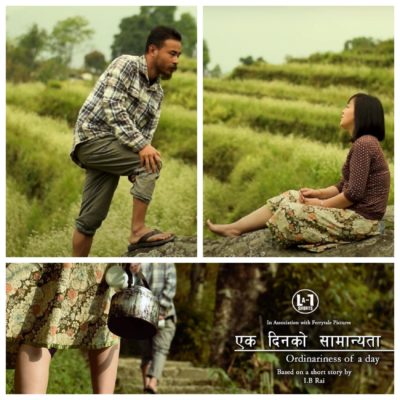
Some people lent the crew their cars while others made food. The phenomenon of making zero-budget films is very common in the region, the directors say. People across the set from actors to assistants are mostly friends or neighbours who are helping in goodwill and curiosity.
Almost every person who has worked on the film- crew included- are currently working on feature films in different industries today. According to Jyoti, this provides credibility to their initiative.
After the first round of short films on literary works, the collective is now planning on its second round of collaboration. This time they are thinking about discarding themes and letting filmmakers make any film of their choice from the region.
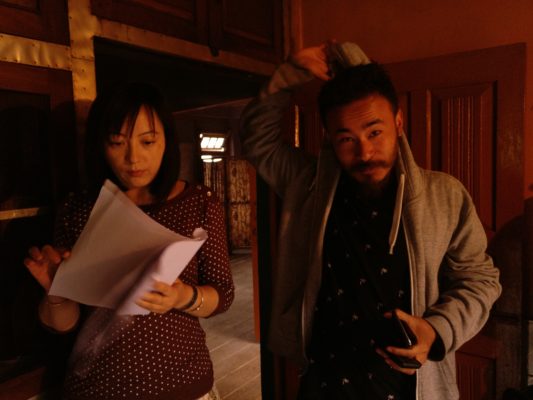
Through the course of the pandemic, they have been in constant touch with each other over audio calls and zoom calls. Although the gathering began as private group calls, they soon began Facebook live streams. The collective invited new directors each week to discuss films, frames and stories. They also tried to raise awareness about the technical aspect of filmmaking. Since money issues and lack of problems worried most filmmakers, the directors also discussed the procurement of investment.
One of the beneficiaries of this programme is Ankit Rai, a filmmaker from Darjeeling and director of the short film, Sanket.
“I often send my scripts to Lama. Having a collective like this certainly boosts the confidence of filmmakers from the region. I have recently stepped into this industry, very reluctantly. But seeing so many others gives me the confidence to make my film,” he says.
Fighting for the basics
Despite the existence of the collective, filmmakers from Sikkim and Darjeeling face several predicaments during the process of shooting.
Directors from established centres of filmmaking like Mumbai, Hyderabad, Chennai and Calcutta have easier access to the paraphernalia surrounding the industry but the same privilege does not extend to those from the hills.
“There are a lot of filmmakers working on good projects, especially the young crowd who have so many refreshing ideas, it’s just that they lack resources like investment, releasing platforms, equipment. After one successful film, most of them just end up being single column news stories in a local newspapers,” Jyoti says.
Vasisth Pradhan, a filmmaker from Darjeeling says that equipment issues haunt them the most. “If it is a big shoot, we need to bring the equipment from Kolkata and the basic lighting equipment from Siliguri. However, for camera lenses, camera rigs, Mumbai is the only option,” he says.
To buy this equipment and invest a sizable amount of money, filmmakers need to think twice as most are from humble economic backgrounds. “This is why most people in the area start with low budget short films. Only after trying to get funding from abroad can people even think about making a full-length two-hour long film,” says Wangyal Sherpa, director of feature films including Darjeeling Diaries and Window Seat.
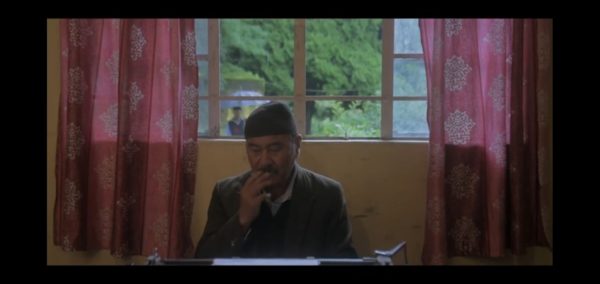
A history of clashes and agitations since the late 1980s have also made cinema more inaccessible for Indian Nepali creators.
Nepali films were both being shot and released in the hills in the 1970s and 1980s. People living there still remember walking from their villages to the nearest cinema hall and enjoying the films of Tulsi Ghimire, a popular filmmaker and actor from Kalimpong, says Chanchal Thapa.
However, a large-scale agitation in 1986 in Darjeeling and Kalimpong hills against the then CPI (M) government led to the industry coming to a complete standstill. Schools were shut that year and curtains predominantly drawn. The agitation ended in violent clashes and loss of lives as people from the hills demanded a separate State- Ghorkaland.
It took over 20 years to restart the film industry in the region. Between 2013 and 2016, many Indian Nepali films released, slowly allowing for confidence building. However, it all came crashing down in 2017 when a second agitation for the establishment of a separate state was launched. People from the region also rose against the imposition of the Bengali language by the Government of West Bengal in schools in Darjeeling and Sikkim. Whatever small cinematic revival had started, vanished.
In 2018 and after months of alternating violence and peace in the region, filmmakers again picked up their cameras to make more movies. The collective which began in 2018 was a product of these several impediments to creativity.
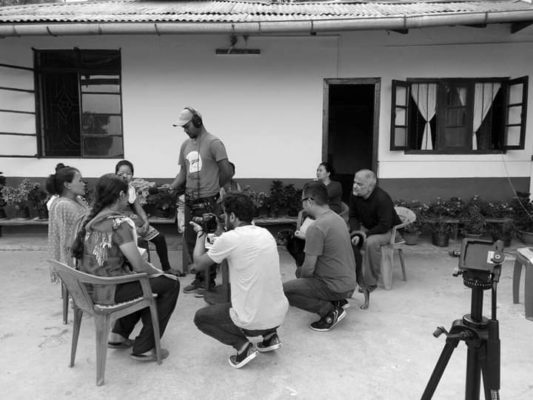
According to Saurav Rai, whose short film Gudh was nominated to Cannes in 2016, it is important to talk about this history. “Most regional filmmakers have a history to look back to whenever in search of inspiration. Maharashtra has Dada Saheb Phalke, Assam has Jhanu Baruah, we don’t even have that. We are still trying to find our history which is different from that of West Bengal’s. Where to begin the search, is a question. The answer is difficult to find,” he says.
Terrain changes
Despite these setbacks, directors feel that things are better than before.
Lama feels that the situation was far worse in 2012. “There was no one around to discuss and ponder about framings or films. In that sense, times have really changed. There are more filmmakers now,” he says.
“Production houses have mushroomed in every street now. When we started there weren’t many. Now, Merik has the greatest number of production houses,” says Chanchal.
After seeing that many films could possibly earn the capital that they spent before, many people from the region who do not have any background in films but are monied, are now confident about placing their bets here. “There are people who know how the gold and land economy works but have no idea about investing in films and are scared of losses. But these are the people we are trying to pull to our side to keep our films going,” says Jyoti.
Besides more support, the State of Sikkim has also bagged the award for being the friendliest State for cinema shooting in 2021.
Although several Sikkimese people have been doing phenomenal work in the world of cinema outside Sikkim, more talent has come forward as the Film Board of the country has finally recognised Indian Nepali and other languages from the State as valid. They have even provided a separate film board for these movies and have provided an array of financial benefits for the filmmakers.
Access to social media is an important reason for this consistent growth since 2018.
Recommended
“If you want to learn filmmaking techniques, you can learn it on YouTube. I have learnt 50% of what I know through a YouTube channel called Cinecom.net. They teach technique for film making,” says Rinchen Sherpa from Mungpoo, one of the hamlets in the Darjeeling district.
When Lama shoots a film, he picks several non-established filmmakers from Darjeeling, Kalimpong hills and Sikkim who send him direct messages through platforms like Facebook and Instagram. A number of them directly turn up at the shoot location too.
Through the COVID-19 pandemic, a number of discussions and workshops have been taking place through platforms like WhatsApp and Facebook.
Since many new members have joined the collective through its word-of-mouth popularity, members of the collective have already begun discussing a second collaborative series, says Lama. He adds that this time, they are thinking about removing the theme and letting filmmakers make any film of their choice as long as it represents the region.
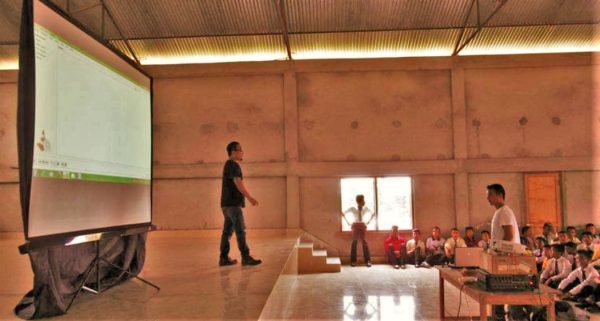
After the Covid-19 cases subside in the region, the members are also planning to organize a film festival to showcase their work, he says.
Lama says that when he returned to his hometown after completing his degree in film studies, he could not fathom the idea of such a festival being held there. He says that he didn’t imagine that people from the Tesenthang, the village where he shot his movie Jaar, would find avenues to watch his film. This is a testament of changing times, he says.
“I started making videos with a handy cam like many young people in my area. Now, I use industry-approved lenses. That’s definitely some growth. There is more to come from our hills,” he says.
